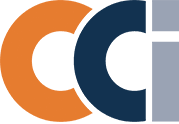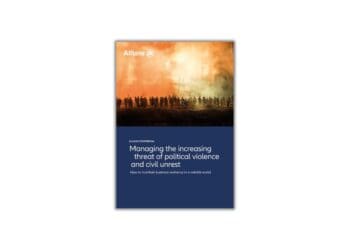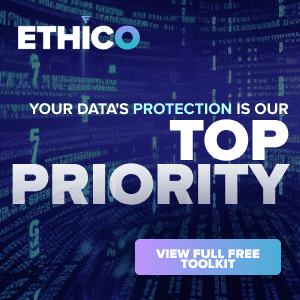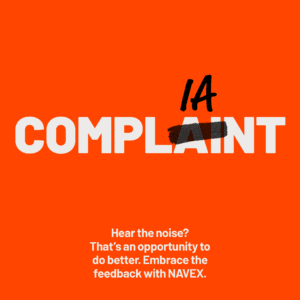The days when organizations talked about data in terms of megabytes and gigabytes are long gone. Today, they talk about data in terms of petabytes and zettabytes — big data with massive potential, if they know what to do with it.
Increased access to powerful analytics, combined with the maturing capabilities of open architecture, cloud computing and predictive analytics are helping more organizations get better with data. Yet, in many cases, organizations are moving too slowly to keep up, and they may not be considering all of the risks.
For life sciences organizations, legislative reform, increases in regulatory requirements, competition and globalization and changing demographics and population are of particular concern. Increasingly, however, fraud, abuse, bribery and corruption have become their leading priorities. The opportunities for these types of risk can range from off-label marketing, speaker programs and grants to samples, research and third-party integrity. Within this range, specific instances of abuse can include travel and entertainment, improper payments in the form of kickbacks or bribes and conflicts of interest.
Yet, as compliance requirements and complexities rise for life sciences organizations, their ability to monitor and control these types of risks diminishes. Insufficient resources, incomplete or inaccurate data for analysis, extensive manual inputs for analysis and systems that are often not integrated with other key systems related to compliance are just some of the obstacles they face.
To keep pace with today’s compliance demands, life sciences organizations need to have a proactive, integrated approach to analysis as well as analytic tools to overcome the many obstacles to perform effective risk management.
That’s why many life sciences organizations are pairing compliance and legal functions with internal audit. They want these functions to look beyond anti-corruption policies and training into tests of books and records. New forensic data analytics specifically targeting corruption can also help. With them, organizations are better able to mine unstructured data, conduct statistical analyses and anomaly detection, visualize analytics through interactive dashboards, and conduct specific data sampling. This then enables them to better assess high fraud or corruption risks and select suspect areas for further analysis and trending.
Organizations can further maximize the value of forensic data analytics by incorporating them into a methodology that combines bribery- and corruption-related monitoring compliance risks with health care compliance.
For example, if an organization wanted to identify risks related to interactions between sales representatives and health care practitioners, it would follow these four steps:
- Embed data sources within the methodology. This would include co-developing metrics for testing data related to meals and entertainment, fee-for-service transactions, speaker program records, sample distributions and medical inquiry requests.
- Combine advanced data analytics with structured, rules-based analytics. This would enable the organization to identify transactions within accounts payable and travel and entertainment records that present particular risks.
- Develop risk-ranking models. These models would allow the organization to score transactions and develop entities using dynamic data visualizations to aid with the review.
- Aggregate the results of testing against each individual metric at the health care practitioner and sales representative level in a risk-scoring model. This would enable the organization to identify outliers across the disparate data sources, creating an effective, continuous risk-monitoring model with the ability to communicate and summarize identified risks and remediation steps to senior executives.
Life sciences organizations are acutely aware of the opportunity to extract immense value from their data. The key is to do so while managing the risk. In an era of ever-evolving complexity and ever-increasing regulatory and compliance scrutiny, life sciences organizations need to move quickly to harness the power of big data and advanced analytics. Doing so will enable them to surge past their competitors by breaking down the barriers to effective risk management and demonstrating measurable value. Organizations that move too slowly risk not only their competitive advantage, but also their reputation.
The views expressed herein are those of the authors and do not necessarily reflect the views of Ernst & Young LLP.










